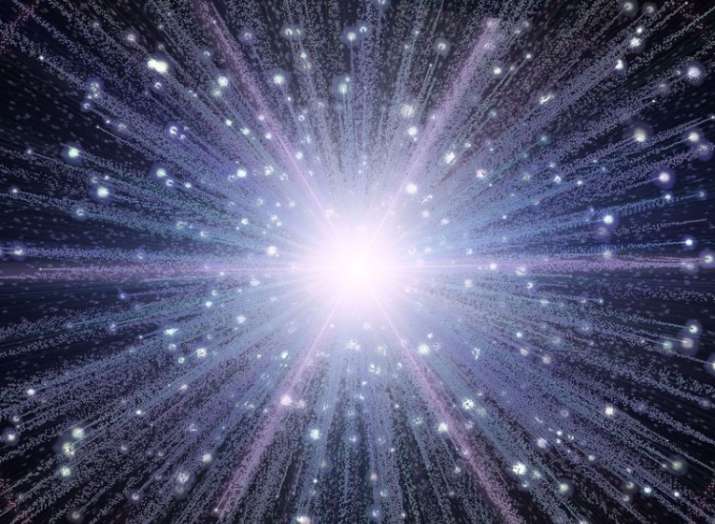First stars that formed after Big Bang identified
Scientists believe that the Universe's first stars formed in regions of very dense matter after Big Bang
Japanese scientists have identified some of the first stars to form in the Universe just 250 million years after the Big Bang, according to a study published in Nature magazine.
Using the giant ALMA telescope in Chile, researchers were able to observe the distant galaxy MACS1149-JD1 when it was just 550 million years old, a time when it contained stars that were about 300 million years old, the study published on Wednesday said.
The galaxy's "red shift," a measurement technique that shows the distance to, and the age of astronomical objects, which was determined to be 9.1096, the largest value ever detected to date using spectral line analysis, Efe news reported.
The Japanese researchers arrived at that red shift measurement using the spectral lines of ionized oxygen instead of using ionized carbon, as is normally done in examining distant objects.
The results demonstrate the usefulness of ALMA as a tool for measuring the red shift of distant galaxies, Rychard Bouwens, an astrophysicist at Leiden University, said in another article in Nature.
The work of Takuya Hashimoto and his group at Osaka Sangyo University sheds light on the formation of the first stars and suggests that future telescopes - such as the James Webb Space Telescope, which will replace the Hubble 'scope in orbit starting in 2020 - could find new evidence on the formation of first-generation stars, Bouwens said.
Scientists believe that the Universe's first stars formed in regions of very dense matter, although understanding of that process is still limited.
Bouwens emphasized that it was still not clear whether the stellar activity detected in MACS1149-JD1 occurred in other regions in the early Universe, but he added that the discovery would spur similar studies of other galaxies



No comments:
Post a Comment